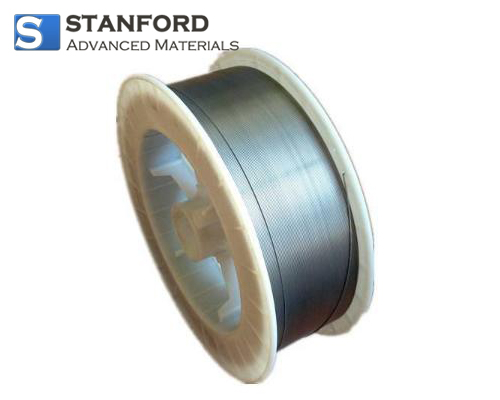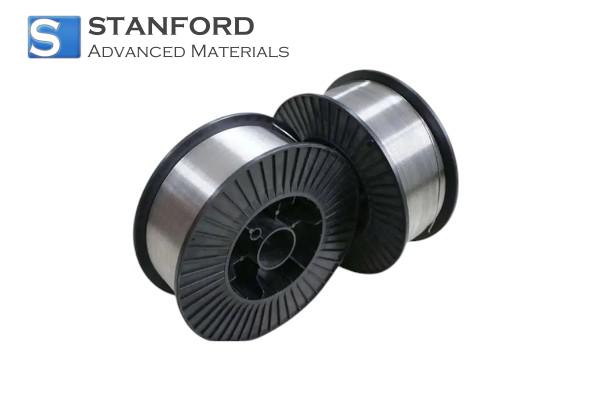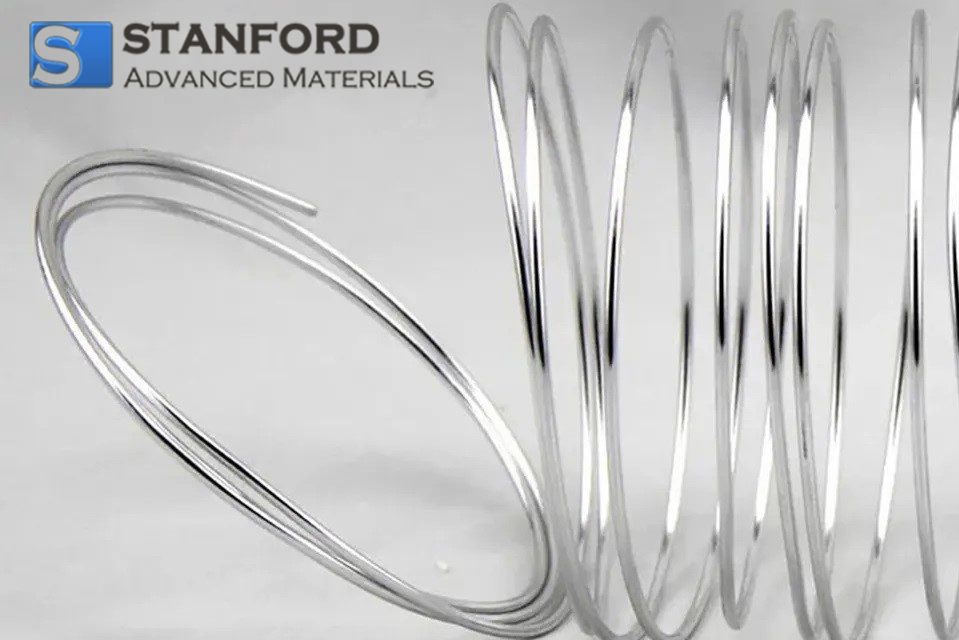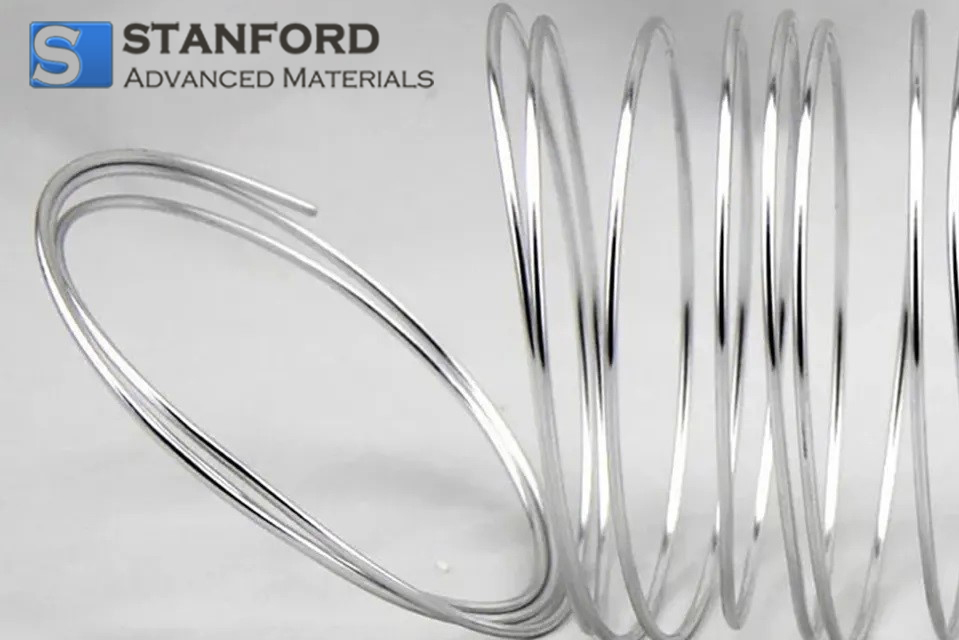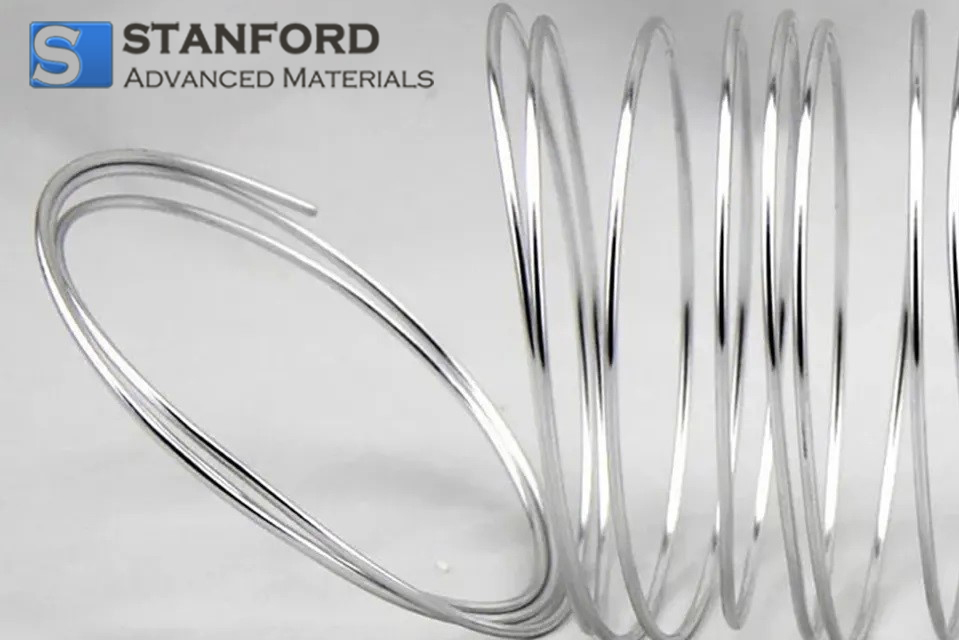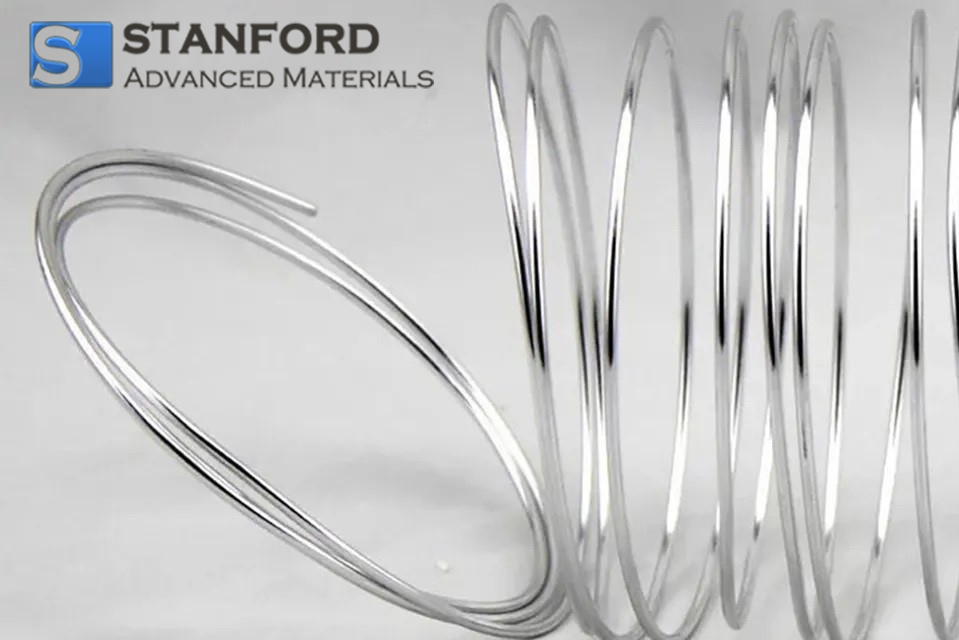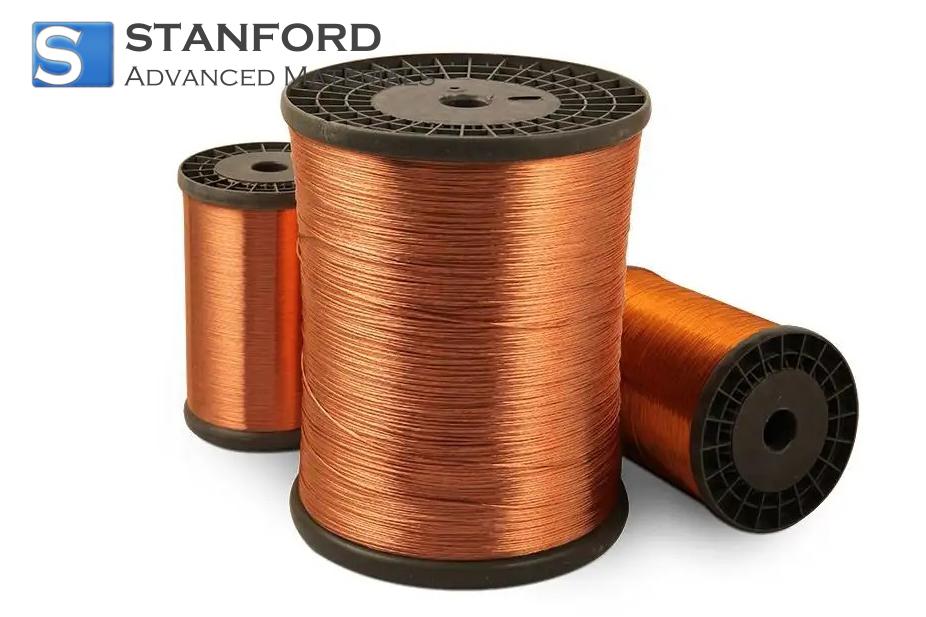Description of Chrome Nickel Heating Wire
Nickel-chromium and nickel-chromium-ferroelectric heating alloy wires have a series of advantages such as good high temperature oxidation resistance, high strength and no softening. It does not change shape and has small permanent elongation when used for a long time. Cr20Ni80 alloy has excellent comprehensive characteristics and becomes the first choice for making high-quality electric heating elements.
Specifications of Chrome Nickel Heating Wire
|
Performance\ material
|
Cr20Ni80
|
Cr30Ni70
|
Cr15Ni60
|
Cr20Ni35
|
Cr20Ni30
|
|
Composition
|
Ni
|
Rest
|
Rest
|
55.0~61.0
|
34.0~37.0
|
30.0~34.0
|
|
Cr
|
20.0~23.0
|
28.0~31.0
|
15.0~18.0
|
18.0~21.0
|
18.0~21.0
|
|
Fe
|
<1.0
|
<1.0
|
Rest
|
Rest
|
Rest
|
|
Maximum temperature℃
|
1200
|
1250
|
1150
|
1100
|
1100
|
|
Meltiing point ℃
|
1400
|
1380
|
1390
|
1390
|
1390
|
|
Density g/cm3
|
8.4
|
8.1
|
8.2
|
7.9
|
7.9
|
|
Resistivity
|
1.09±0.05
|
1.18±0.05
|
1.12±0.05
|
1.00±0.05
|
1.04±0.05
|
|
μΩ·m,20℃
|
|
Elongation at rupture
|
>20
|
>20
|
>20
|
>20
|
>20
|
|
Specific heat
|
0.44
|
0.461
|
0.494
|
0.5
|
0.5
|
|
J/g.℃
|
|
Thermal conductivity
|
60.3
|
45.2
|
45.2
|
43.8
|
43.8
|
|
KJ/m.h℃
|
|
Coefficient of lines expansion
|
18
|
17
|
17
|
19
|
19
|
|
a×10-6/℃
|
|
(20~1000℃)
|
|
Micrographic structure
|
Austenite
|
Austenite
|
Austenite
|
Austenite
|
Austenite
|
|
Magnetic properties
|
Nonmagnetic
|
Nonmagnetic
|
Nonmagnetic
|
Weak magnetic
|
Weak magnetic
|
Applications of Chrome Nickel Heating Wire
Used as an industrial producing heating elements and resistance elements in:
- Industrial furnace
- Metallurgy applications
- Machinery applications


